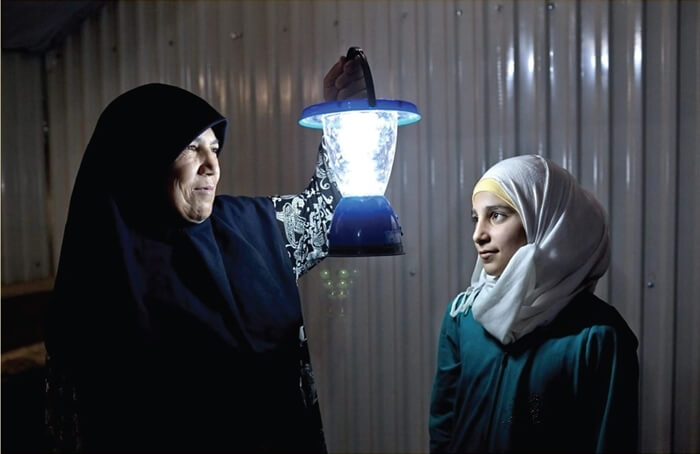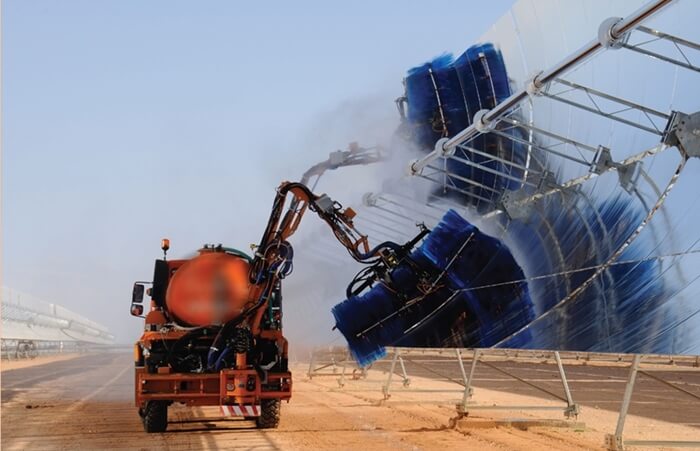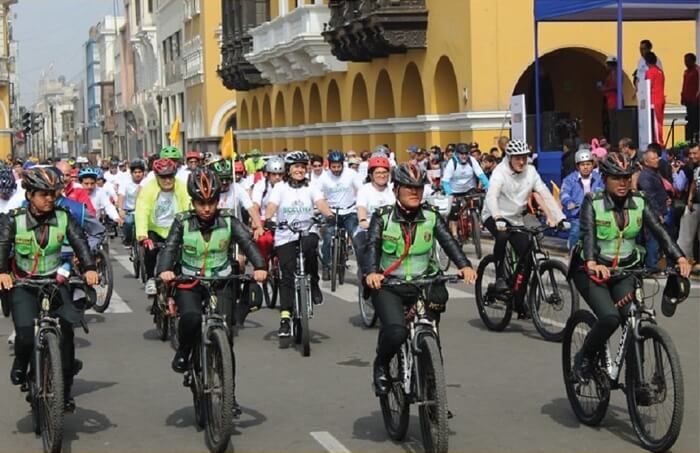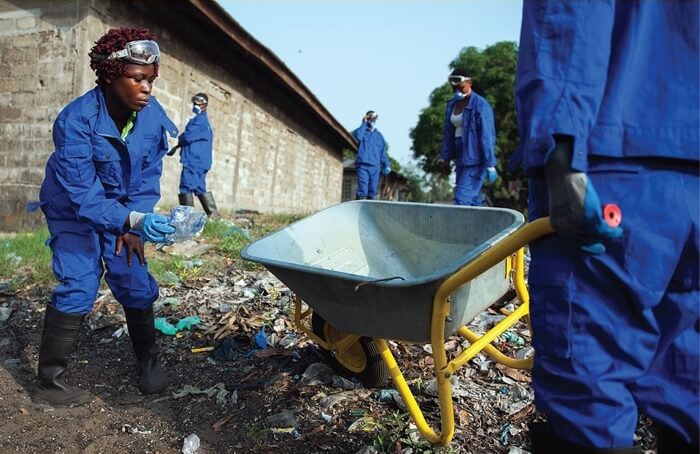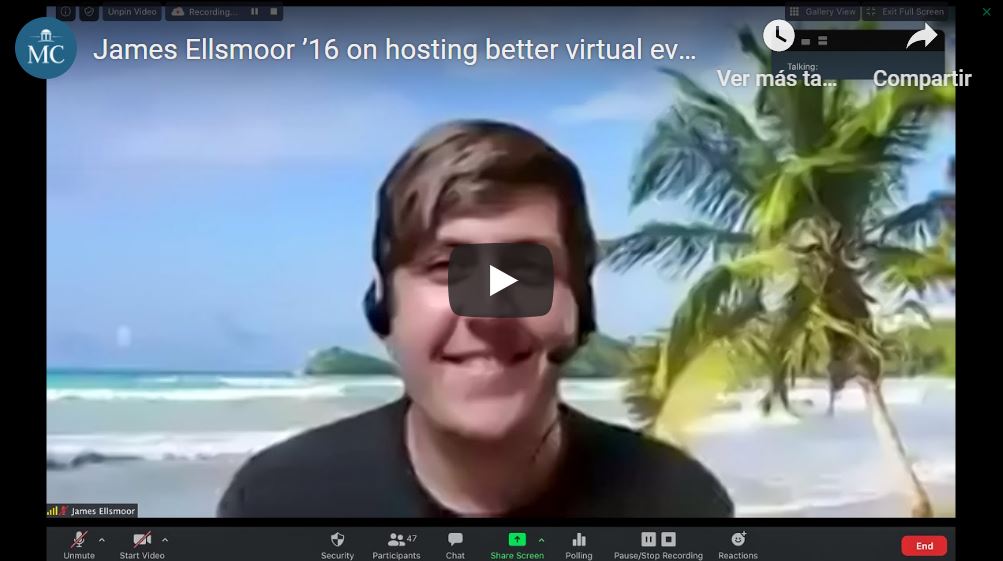Excerpt from nationalgeographic.co.uk
Sure, he could use the little screen mounted on the teak panel in front of him to check his position. But Dieter Klings doesn’t need GPS. The 59-year-old captain of the Aade, a research vessel operated by the marine lab on the tiny German island of Helgoland, simply looks over his left shoulder and waits. The slow rumble of the engine drowns out the skree of circling seagulls and gentle splashing of waves against the wooden hull. With barely any wind today, the boat floats peacefully in the North Sea.
“Once you see the big staircase, you steer to the right and go just a little further until the top of the church and the lighthouse perfectly align. Then you know you’re there,” Kling says. I secretly glance at the GPS: 54° 11.180’N, 7° 54.000‘E. Exactly where we need to be.
Klings has been going to this very spot off the coast of Helgoland, about 30 miles from the German mainland, every working day for 38 years. Each time, he and his two crew members, sailor Kai Siemens, 58, and helmsman Ove Breiholz, 55, follow the same routine. They collect water samples and measure the sea temperature and transparency. They lower giant, funnel-shaped nets into the ocean and tow them behind the boat. The nets fill with all types of plankton—the single-cell plants called phytoplankton, tiny animals like copepods, and sometimes jellyfish.

Island Innovation is a social enterprise and digital media company at the intersection of sustainable development and communications, offering specialised services across various sectors. We bring together the private sector, government, utilities, NGOs and universities to advance innovation for sustainability and prosperity in islands worldwide.









